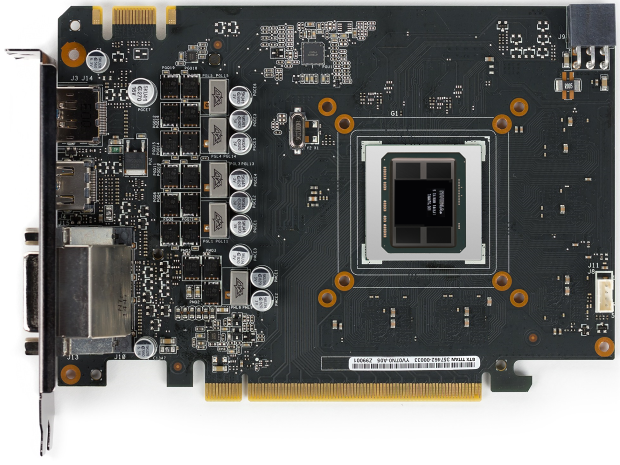So use the Polaris 11 benchmark instead, that's what I'm basing most of my beliefs on. In your opinion, what is the worst-case scenario for what we saw there, in raw performance terms?
From my perspective this 850MHz Polaris 10 appears to be equal to whatever 950 they used, close to flat-out given what we know about the 950's power draw (around 90 to 100W). If that is the case then at 1.2GHz, Polaris 10 should be GTX 960 level plus another 10-20 percent. Using GTX 960+10%, then doubling resources for Polaris 11 should be another 75% or so performance on top, bringing the card to Fury X level at 1080p. The Hitman benchmark we saw is just another data point pointing to that probability.
Up till recently I would have said that SW:BF was friendly to AMD as well, but given the recent DX12 results it looks almost unfavourable now. I think this is likely to be the deciding factor more than anything - which titles are used for benchmarking.


